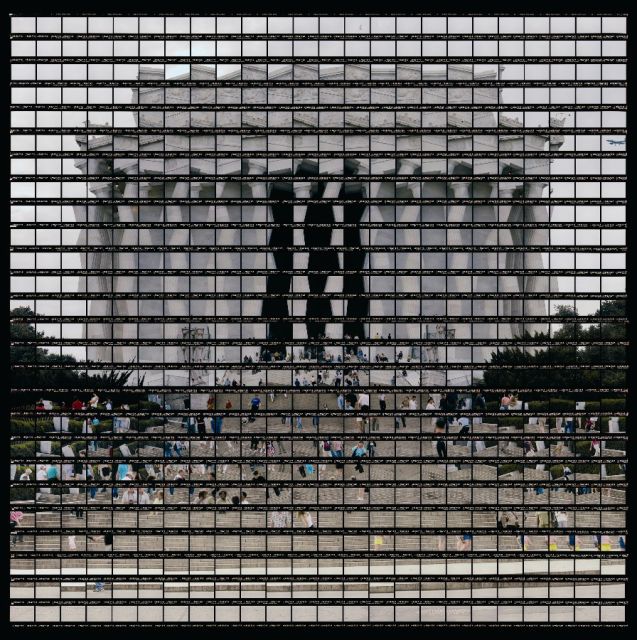Washington D.C., Lincoln Memorial
The Lincoln Memorial was built to honour the 16th president of the United States, Abraham Lincoln. The memorial was designed by the architect Henry Bacon (1866-1924) in 1912, the sculptor was Daniel Chester French (1850-1931), and the painter of the interior murals was Jules Guerin (1866-1946). The building is in the form of a Greek Doric temple and contains a large seated sculpture of Abraham Lincoln and inscriptions of two well-known speeches by Lincoln and Martin Luther King's "I Have a Dream" speech. The 36 Doric columns outside are symbols for the states in the union at Lincoln’s death. The building measures 62 metres long, 40 metres wide and 30 metres tall. It blends stone from various states: white Colorado marble for the exterior, Indiana limestone for the interior walls, pink Tennessee marble for the floor, and Alabama marble for the ceiling. In 2007, it was ranked seventh on the List of America's Favorite Architecture by the American Institute of Architects.
Architects:
>>> pricing for this image

Exhibition
gifts from Nancy and Tom O’Neil
September 30, 2015 - March 27, 2016
The Baltimore Museum of Art, USA
THOMAS KELLNER
German, born 1966
41#05 Washington, Lincoln Memorial
2004
Chromogenic color print
Thomas Kellner explores techniques such as pinhole photography and photograms that can distort familiar images of the world and challenge perception. In 1997, inspired by the fragmented viewpoint of early-20th-century cubism, Kellner devised a method for photographing the Eiffel Tower that has since become his signature approach to iconic landmarks around the world. He begins by sketching the chosen site from a single angle and dividing the sketch into a grid. The grid then becomes the blueprint with which he systematically photographs each monument, section by section, using 35-mm film. He prints each roll in sequential rows on a contact sheet, cuts its miniature images into strips, and recombines them into a representation of the building as a whole.
Kellner’s exacting process results in surprisingly disorienting photographs. In many of these works, the attraction appears disjointed and askew, as if tumbling to the ground. This 2004 image of the Lincoln Memorial in Washington, DC plays with our vision in more subtle ways. Its 624 frames nearly cohere, but their slightly off-kilter quality produces a flickering effect as if we were viewing the edifice in the rippling surface of the nearby Reflecting Pool or as dynamic frames projected on a movie screen.
gift of nancy and tom o’neil, baltimore, bma 2013.337








